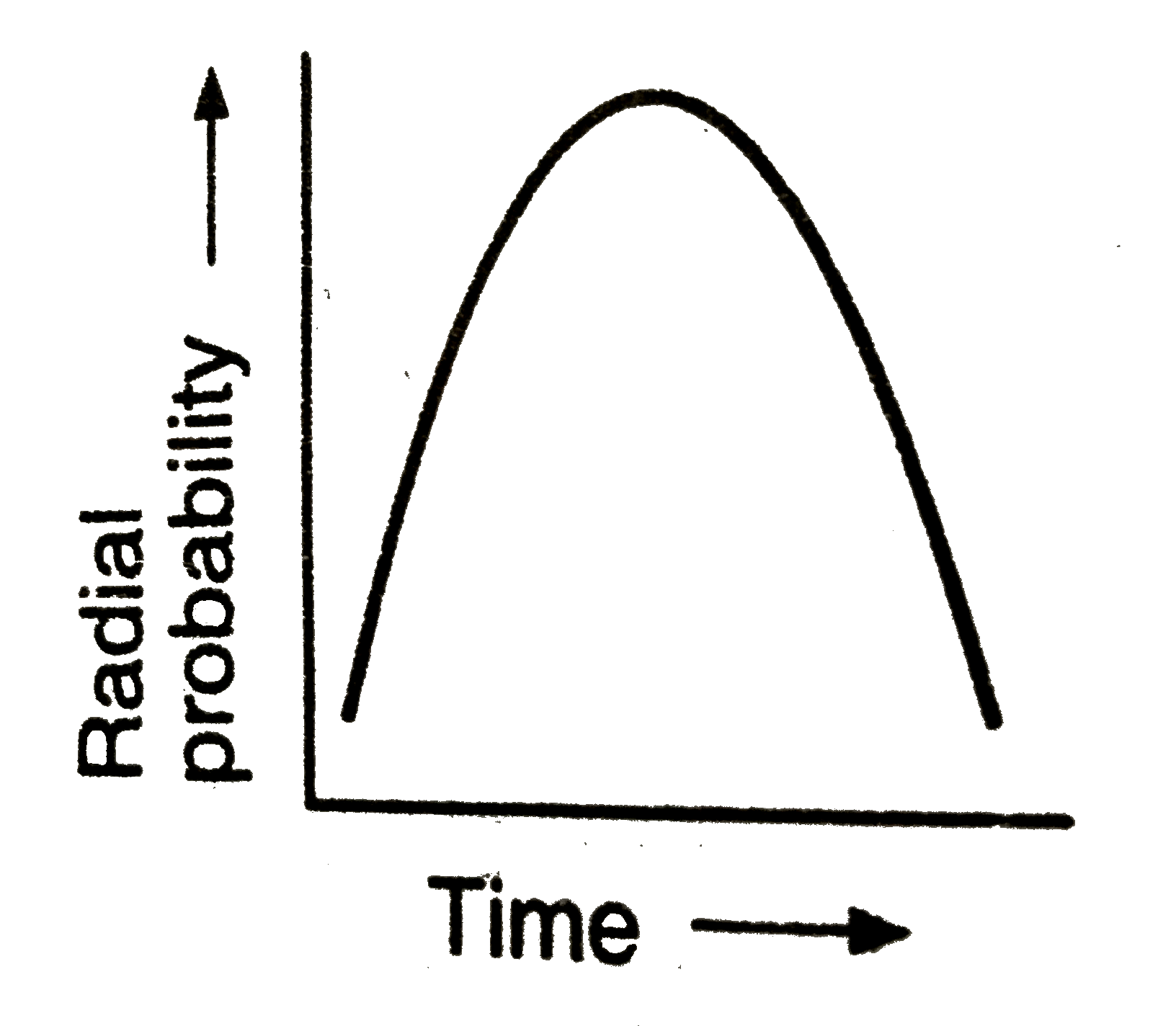The maximum radial probability in 1s-orbital occures at a distance when : [r0=Bohr radius]
r=r0
r=2r0
r=r02
2r=r02
The correct Answer is:A
A has 0 nodes as Ψ2 is not zero anywhere so it's 1s(n−1=0)
B has 1 node so, it is 2s as n−1=1
Similar Questions
Knowledge Check
The radius of maximum probability for 1s orbital of H atom is
A52.4nmB52.9μmC52.9ÅD52.9±
Radial probability distribution curve is shown for s-orbital. The curve is:A1sB2sC3sD4sThere are two nodes in the radial probability distribution curve for the orbital with
An=2,n=0Bn=3,l=1Cn=4,l=3Dn=3,l=0
For the hydrogen atom in its ground state, calculate (a) the probability density y (r) and (b) the radial probability density Ψ2(r) for r= a, where a is the Bohr radius.
View SolutionFor a mutielectron atom, the maximum of 2p-orbital in radial probability distribution graph is nearer the nucleus than that of 2s-orbital . Therefore, 2p-orbital should be closer to the nucleus and lower in energy than 2s-orbital. But 2s-orbital has lower energy than 2p-orbital. Explain.
View Solution(a) What is radial probability distribution curve ? Draw radial probability distribution curves for 1s and 2s orbitals.
(b) Discuss the similarities and difference between 1s and 2s orbitals.
(c ) How many nodes are present in 1s and 2s orbitals ?
View SolutionHow many times is the distance of maximum probability of 2p electron from the nucleus as compared to Bohr radius ?
View SolutionAssertion (A) : The radial probability of1s electrons first increases,till it is maximum at 53Å and then decreases to zero
Reason (R ) : Bohr's radius for the first is 53Å
View Solution
